The ancient town of Shaxi hidden deep in the mountains is the only surviving thousand-year ancient town on the ancient tea-horse road


It is located in the southeast of Jianchuan, Dali City, Yunnan Province. It is located in the southeast of the Jinsha River, Lancang River and Nujiang River Nature Reserve, just between Dali Scenic Area and Lijiang Ancient City.

Shaxi Town has successively won the title of Yunnan Provincial Famous Historical and Cultural Town, National Famous Historical and Cultural Town, and Yunnan Famous Tourism Town. At present, Shaxi Ancient Town does not require tickets, and the ancient town is not large. Its current population is about 25,000.



Shaxi Ancient Town is the ancient city of Lijiang thirty years ago. I once thought so. Shaxi Ancient Town is still an ancient town that has not been over-developed commercially. If you stroll through this peaceful ancient town, you will have that poetic and distant feeling.


Shaxi Ancient Town was once an important station on the ancient tea-horse road. Later, with the decline of the ancient tea-horse road, this ancient town with a thousand-year history was gradually forgotten by the world, but this also allowed the ancient town to retain its original flavor.



Outside the ancient city, on the Heiyan River east of Sideng Street, there lies an ancient bridge called Yujin quietly. Yujin Bridge was the only way to enter and exit Shaxi Ancient Town on the ancient tea and horse road. Standing on the Yujin Bridge and overlooking along the Heihui River, everyone can see poetry and the distance.


The Yujin Bridge on Shaxi Ancient Town was built during the Kangxi Period of the Qing Dynasty. It is a bridge with a long history. It is an important passage for local Bai residents to go to the fields and conduct commercial activities. It is also one of the key bridges connecting the ancient tea-horse road to Dali in the south.
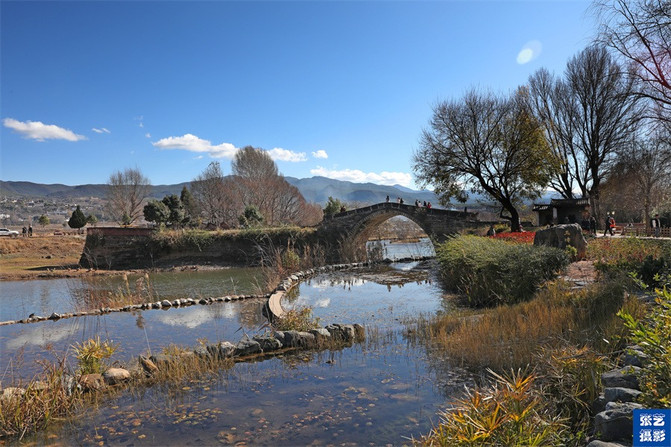
Yujin Bridge is a single-hole stone bridge with a length of 35.4 meters, a width of 5 meters, a net span of 12 meters, and an arch height of 6 meters. There are stone guardrails on both sides, the bluestone slabs of the bridge deck are horseshoes stepped on by horse gangs, and two heads are carved on the bridge dome in the north and south to look at the upstream and downstream river surfaces.


Origin of Yujin Bridge: During the Ming Dynasty, there was originally a wooden bridge here. In 1639, the great traveler Xu Xiake traveled here. He once walked over the wooden bridge and recorded his footsteps in his travels: "The water flows in the Shaxi River to the east, there are wooden beams driving up the east and west, which are very long." At that time, the river washed out wooden bridges several times, cutting off cross-strait transportation and harming the people."Many people have complaints." During the Qianlong period of the Qing Dynasty, the local area converted it into a stone bridge. At that time, Mr. Lifei, a teacher from Zhaozhou, held an education in Jianchuan and wrote a couplet on the bridge: "Stone can become a beam, and from now on, there will be no crossing without singing; Tianjin is really a jade. Only then can we know that the water has its own source." This is the name of Yujin Bridge.

Yujin Bridge has undergone many repairs in history, the most serious one being in 1931 when it was co-funded by the people of Shaxi in Jianchuan County, Dali Prefecture. This ancient bridge is not only an important transportation node in the Shaxi area, but also witnesses the local folk customs and economic development.
An ancient town with indigenous peopleMany ancient towns are very commercial, and many indigenous people have moved to the city. However, Shaxi Ancient Town still retains many Bai and other ethnic minority indigenous people, who still live a life of "farming at sunrise and resting at sunset." For foreign tourists, this surprised me!



The climate of Shaxi Ancient Town is pleasant and the seasons are like spring. Here there is both the towering mountains and the tenderness of small bridges and flowing water. It does not have the hustle and bustle of a big city, only the peace and tranquility of the years. The pace of life here is slow and comfortable, allowing people to let go of the troubles and pressures in their hearts and enjoy the pure beauty.



This place seems to be a bright pearl inlaid in the land of Yunnan. Although little known, its beauty and charm cannot be concealed. The blue stone road, white walls and black tiles, and the sound of hooves, everything here seems to tell an ancient story. When you stroll through the alleys of the ancient town, you seem to be able to hear the echoes of history lingering in your ears and feel the flow of time.



Because of the hit drama "Go to a Windy Place", the ancient town has suddenly been on fire in recent years. Many tourists have come and like to check in and take photos in the places in the stills. I have walked through every corner of Shaxi. The lazy sun, comfortable weather, and bright morning sunshine are even more missed when I think of it.

Passing through several alleys, you will come to a small square in the center of the ancient town. This is the ancient stage. From the mottled figures of the stage, you can still imagine the sound of gongs and drums on the stage. Next to the stage is the stable. The horse horses who drove the horses stopped here at night, and this inconspicuous small square in front of the stage is the only surviving ancient market on the ancient tea-horse road-Sideng Street.

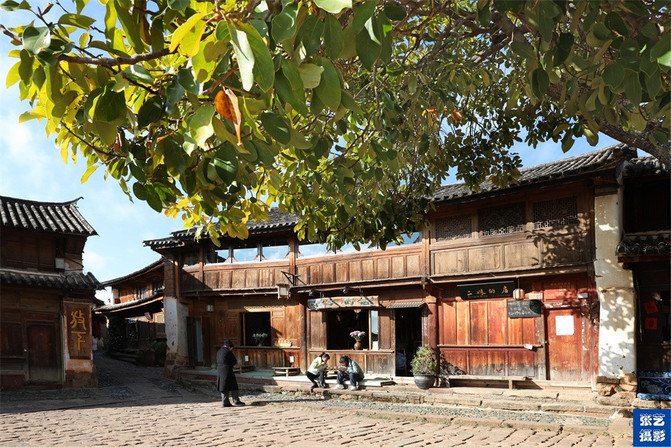
Shaxi Sideng Street is located in the middle of Shaxi Bazi, located on the gentle slope where the "Aotou" at the northern end of Aofeng Mountain on the west bank of the Heiyan River is located. It is a treasure of feng shui in Shaxi. Since the Ming Dynasty, with the prosperity of the commercial economy of the Shaxi Tea Horse Ancient Road, Sideng Street has formed a Sifang Street trading area centered on Xingjiao Temple and Kuige Belt Theater. It is surrounded by ancient commercial market towns dominated by former shops and shops.

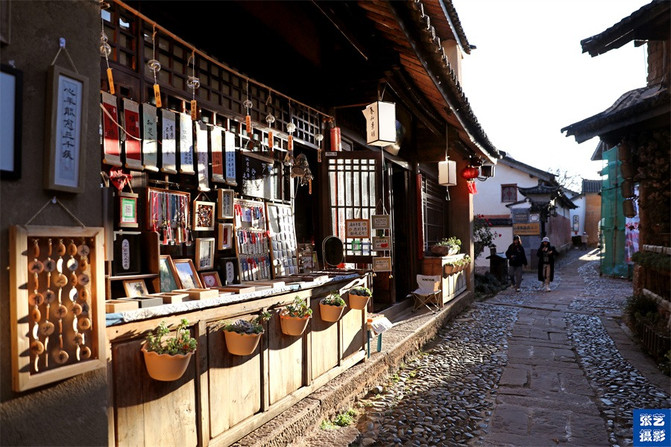
The Sideng Street area is the only surviving ancient market on the Ancient Tea Horse Road. It has intact theaters, hotels, temples, and stockade gates, making this market connecting Xizang and South Asia quite complete and was selected into the list of 101 World Commemorative Architectural Heritage Sites worthy of attention in 2002." Sideng Street is on the same footing as Egypt's Valley of Kings, Italy's ancient city of Pompeii and China's Great Wall. With its tenacious vitality, Sideng Street re-evokes people's nature and conscience to cherish civilization, and makes it dusty with history and has a long history of civilization. The ancient town of Shaxi has once again attracted the attention and attention of the world.



Sideng Street survived the storms of the "Ancient Tea and Horse Road" and maintained its original flavor, so it has always been a complex in people's hearts. Facing the desolate beauty of the "ancient road with the west wind and the thin horse", some people lingered around that time and paid a lot of attention. Now that the "two winds" and "thin horses" have gone away, Sideng Street has precipitated a painting's tranquility in the flowing time, and the old street has become gorgeous.


Walking on Sideng Street, the first thing that comes into view is the ancient buildings on both sides of the street. Most of these buildings are mainly Bai folk houses, with brick and wood structures, flying eaves and angled corners, and are well arranged. Through these buildings, it is not difficult to imagine the thousand-year-old style of Shaxi Ancient Town. Against the backdrop of these ancient buildings, modern elements are also perfectly presented. Cafes, handicraft shops and various fashionable shops along the street have injected new vitality into the ancient city.

The ancient stage is the most distinctive building on Sideng Sifang Street. It forms a central axis with the Xingjiao Temple and Temple Gate in the west, dividing the ancient Sifang Street into north and south halves, thus delimiting the scope of various businesses. Physical signs. The main architectural structure of the ancient stage is Kuixing Pavilion. The stage is only an accessory function. It is the place where the local Bai people worship Kuixing. The building is three floors high, with the front stage and the rear high pavilion.

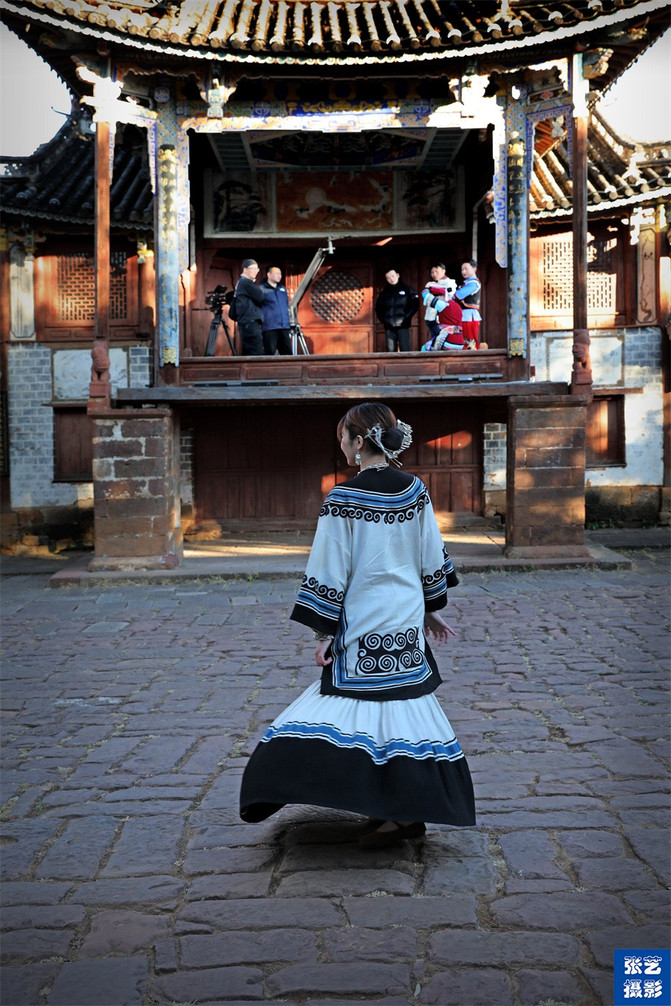
The building has an exquisite structure, with twelve corners and wings like flying. Although it has been renovated, the original architectural style has been basically maintained. The ancient stage and Xingjiao Temple respond remotely. Every ethnic festival, the Bai people in the town dress in festive costumes and play dragon heads and three strings, gather in Sifang Street, singing and dancing on the stage. People are crowded on Sifang Street. Good men and women in Xingjiao Temple worship the gods and Buddha, and it is a happy and auspicious place. Among them, the most lively is the annual Prince's Gathering on February 8th of the lunar calendar. It is said that such a rule has always been prevalent in Shaxi. If you have not performed at the ancient stage of Sifang Street, you cannot be called a Shaxi person.
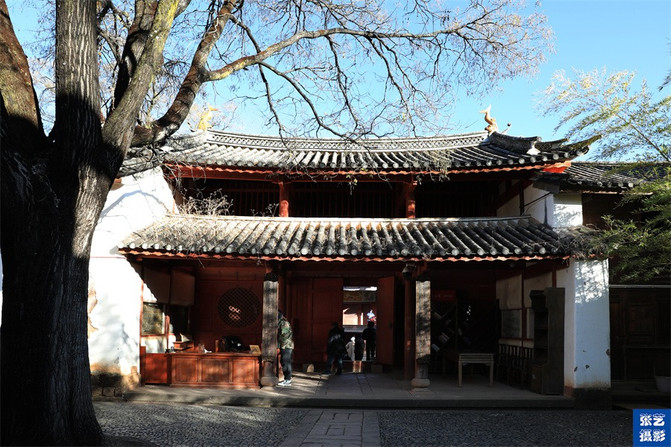

Xingjiao Temple is located in Sideng Street, Shaxi Town, Jianchuan County, Yunnan Province. It was built in the 13th year of Yongle of the Ming Dynasty (1415). It consists of a hall, a middle hall, a temple gate, a stage and other buildings, covering an area of 6240 square meters.
Xingjiao Temple is a three-entrance courtyard building. The first courtyard consists of a gate tower, a south wing room, a patio, a Guanyin Tower, and a north wing room. The second courtyard consists of a central hall and north and south wing rooms. The third courtyard consists of a main hall, north and south wing rooms and side courtyards. The main hall, central hall, Guanyin Tower, temple gate, and stage are built on a central axis, 120 meters apart from east to west and 52 meters apart from north to south. Xingjiao Temple faces east from west, and the stage faces east from west.



The "Tea Horse Ancient Road" between Yunnan and Tibet was formed from the end of the sixth century to the beginning of the seventh century AD. Yunnan tea and salt traded with Xizang horses, medicinal materials and furs, forming the "Tea Horse Ancient Road" of the Dian-Tibet trade channel. This ancient road became an international land corridor from Dali to Lijiang, Zhongdian, Lhasa, Xizang, Tibet, and then to India. It has the same historical status and value as the Southern Silk Road. Shaxi Sideng Street is an important transportation hub on this channel. Every day, teams of caravan pass through it, bringing unprecedented prosperity to the regional economy and culture here. Today, we can still see traces of Sideng Street's economic prosperity and cultural brilliance.



Shaxi Ancient Town is a beautiful city where history and modernity are intertwined, and nature and humanities are integrated. Although it is not as widely known as Lijiang or Dali, its beauty and charm remain undiminished. If you are tired of the hustle and bustle of the city and want to find a place to relax, then Shaxi Ancient Town is undoubtedly an ideal choice.

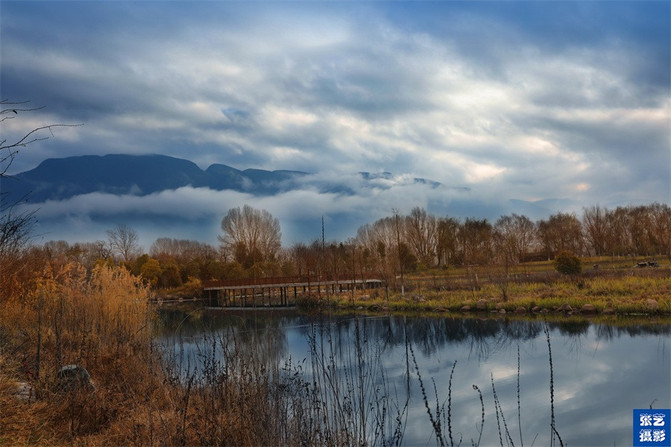
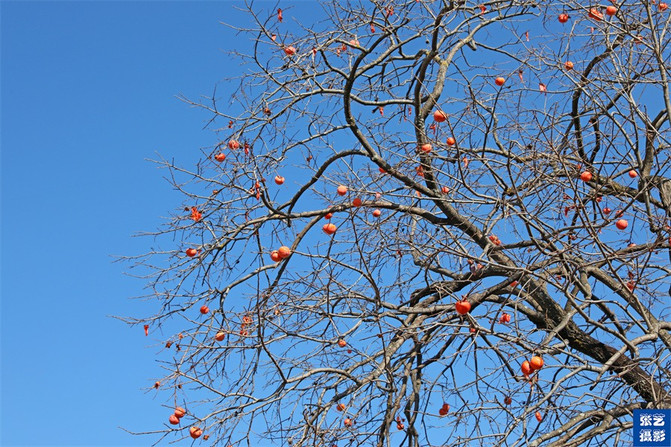
Walking in the ancient town, you can trace the footsteps of history and feel the unique charm of the caravan culture; you can appreciate the beautiful natural scenery and feel the magic and grandeur of nature; you can taste authentic food and experience the life of local people; you can Spend a good time with your family and friends and leave unforgettable memories.



If you want to get away from the hustle and bustle of the city and find a place to relax, then Shaxi Ancient Town is undoubtedly the ideal choice for you! Here, you can find the beauty and purity that has been forgotten by time; here, you can enjoy a comfortable life and a peaceful mind; here, you can leave unforgettable memories with your family and friends.
Previous Article:If you go to Dali this autumn, go here! Find a quiet place and find a home for your heart
Next Article:A self-driving tour in Yunnan that cannot be missed
